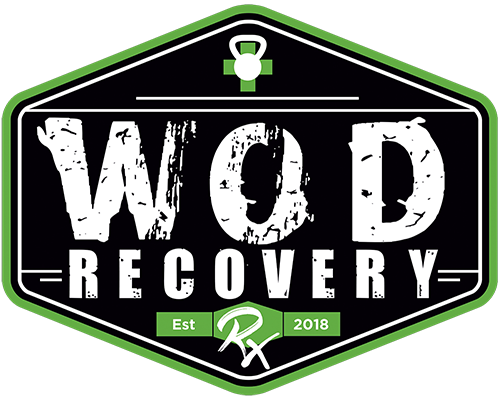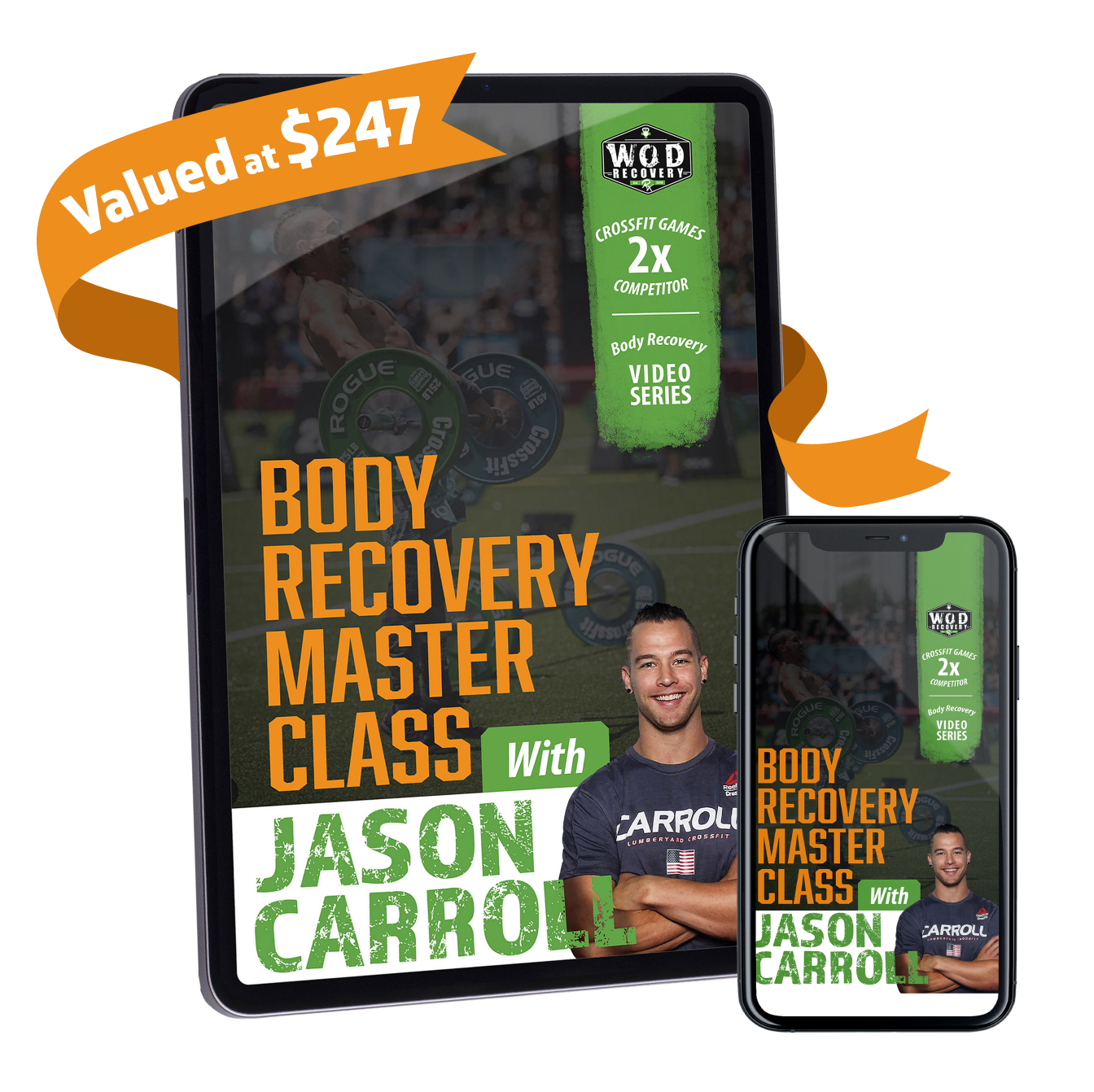HOW TO DO AN UPRIGHT ROW PROPERLY
The shoulder is, for lack of a better word, complicated. That region of the body, comprised of the clavicle, scapula, and humerus, is called the shoulder complex, not the shoulder simple.
But the complication comes with creativity, and the shoulder joint is one of the most flexible and multifaceted joints in the human body. It helps us in a nearly endless amount of ways with everyday tasks and movements.
Therefore, it makes sense that we train and strengthen our shoulder muscles to protect and improve this area of our body. That is where the upright row comes into play.
When performed correctly, it is a great way to build up your shoulders for strenuous exercise and simple everyday life alike. Is it right for you?
The exercise gets a lot of flak for causing shoulder impingement and injuries in novice weightlifters and CrossFitters. With the proper training and form, it can be a great addition in your workouts.
WHAT IS AN UPRIGHT ROW?
The upright row has one job and one job only: target and strengthen the muscles that make up the shoulder, especially the front and middle muscles.
It is performed by gripping a barbell with both hands in an overhand grip, standing straight up, and raising the barbell up to shoulder height.
The main muscles that are targeted are the deltoids, a grouping of muscles that are used in pushing, pulling, and lifting (so, everything you do).
The three-headed deltoid is made up of an anterior (front), medial (middle) and posterior (back) head, which combine to form most movements of the shoulder.
The upright row focuses on the anterior and medial heads – which can benefit other exercises such as shrugs and deadlifts – but also strengthens secondary muscles such as the rhomboids, trapezius, and biceps.
Now that sounds like a win-win: improve your shoulder strength and stability through the upright row, but also – more importantly – get bigger biceps while doing so.
AN UPRIGHT ROW OF UPRIGHT ROW BENEFITS
A row is usually horizontal. An upright row, therefore, is vertical. Here is an upright row (more commonly known as a column) of quick-hit benefits of doing the upright row:
- Strengthen and protect the shoulders from injury.
- Improve posture through pulling the shoulders back, counteracting long hours of sitting at a desk in front of a computer.
- Grow the shoulders, therefore making the rest of you look thinner and sleeker.
- Lower the chances of shoulder injuries that would impede your everyday life.
- Improve athletic performance – through strengthening the shoulders, you can strengthen dynamic lifts including the deadlift, which can increase power and explosiveness.
UPRIGHT ROWS FOR BEGINNERS
Although they don’t deserve all of the negative press they get for causing shoulder injuries, upright rows can be a pest if you’ve never performed them before.
If you are new to the exercise, perform these exercises to make sure your shoulders are strong, stable, and flexible enough to take the movement.
Shoulder Mobility Warmup
- Fold a resistance band or skipping rope in half. Hold it wide enough that you can pass the rope from in front of you, over your head, and behind it, then move back to the front.
- Repeat this for 8-10 reps.
- Can replace the band with a PVC pipe.
Front Deltoid Exercise
- Get a weighted plate heavy enough to challenge your shoulders.
- Grab the plate with both hands and extend out in front of you with elbows extended but not locked.
- Raise the weight until you reach shoulder height, then slowly lower it back down.
- Repeat 3 sets of 8-10 reps of the exercise.
Bent Over Row
- Grab a barbell in an overhand grip. Place your hands slightly wider than shoulder width apart.
- Give your knees a slight bend. With your back straight, bend at the hips until you are almost parallel with the ground.
- Pull the barbell towards your chest, below the bottom of your pecs and in line with the bottom of your sternum. Focus on squeezing the shoulder blades together while pulling.
- Pause with the bar as close to your chest as possible, then slowly return to the starting position.
- Repeat 3 sets of 8-10 reps of the exercise.
HOW DO YOU DO AN UPRIGHT ROW?
- The classic upright row is done using a barbell. With a barbell in hand, follow these steps:
- Stand straight up, letting the barbell hang in front of you, close to your body. Do not overextend the back or let it slouch. Hold the barbell in an overhand grip in line with your thighs. Keep your chest out and look forward.
- Inhale, engage the core, and lift the barbell straight upwards, keeping it close to your body the entire time. The elbows should move out and up.
- Once the barbell is at shoulder height, pause. While under control, return the barbell to the starting position. Exhale as you lower the bar.
VARIATIONS OF THE UPRIGHT ROW
Although the classic rendition of the upright row uses a barbell, there are many variations on the exercise.
To keep the exercise interesting, try out these 3 variations:
Dumbbell Upright Row
Probably the most popular of the variations, the dumbbell upright row replaces the barbell with two dumbbells.
It reduces the overall amount of weight you can use, but allows for a more comfortable range of motion and works out the smaller stabilizing muscles around your deltoids.
- Stand straight up, letting the dumbbells hang in front of you, close to your body. Do not overextend the back or let it slouch. Hold the dumbbells in an overhand grip in line with your thighs. Keep your chest out and look forward.
- Raise the dumbbells until they reach your chest. Do not overextend past your shoulders.
- Pause at the top, then exhale as you lower the weights under control.
Upright Cable Row
With a cable machine and a wide bar, the upright cable row is very similar to the barbell row.
The main difference is that a cable provides constant tension, making the exercise difficult in both the concentric and eccentric portions of the movement.
Perform it in the same way you would a barbell upright row.
Kettlebell Upright Row
Because of the curved handle on top of the kettlebell, kettlebell upright rows give the lifter a natural grip, reducing strain on both the shoulders and the wrists.
- Place a kettlebell on the floor in front of you and keep your feet shoulder-width apart. Keep your back straight.
- Grab the kettlebell and raise it until your arms are in line with your shoulders. Do not overextend above your shoulders.
- Exhale and return the kettlebell to the starting position.
HOW MANY UPRIGHT ROWS IS TOO MANY UPRIGHT ROWS?
Upright rows are, first and foremost, a muscle-building exercise. Sure, they may provide a bit of cardiovascular endurance training if done for enough reps, but let’s stick to the weight training aspect.
There are three different goals for upright rows; you can be performing them to improve strength, hypertrophy your muscles, or gain muscular endurance.
The number of sets and reps – as well as how much weight you will be using – alter depending on which of these goals you pursue.
Strength
This is a general goal for most athletes in the off-season, as well as many CrossFitters. The ideal rep range is usually 3-6, although it can dip as low as 1-3 reps. Sets are usually in the 3-5 range.
The key for increasing strength through the upright row is using a high enough weight that every rep is hard – not just the last few reps of each set.
Hypertrophy
Hypertrophy focuses less on muscle strength and more on muscle size. Most bodybuilders use hypertrophy training to help build the perfect body.
The ideal rep range is 8-12 repetitions per set, while sets can be anywhere between 2 and 5. Whereas strength training is difficult from the jump, hypertrophy training is more of a long-haul, ‘feel the pump’ training routine.
Endurance
Commonly used by athletes in the preseason and CrossFitters while building up for events, muscular endurance training helps muscles last longer in sports competitions.
Reps can go as high as 15-20, while sets are usually limited to 3 at most. While not focusing on muscular strength or size, these can still improve through muscular endurance training.
SAFETY TIPS
Is anything inherently good or bad? Guns? Nuclear power? That one kid from Game of Thrones who is basically a dick to everyone as the king then dies by being poisoned at his own wedding?
We know what you’re thinking: Deep philosophical questions in the middle of learning about upright rows? Yippee!
Hold on tight, there is a point.
No. Guns, while being used in wars and by bad people, are not bad in themselves. They also helped humans survive for hundreds of years, and are used for peacekeeping and hunting.
Nuclear power, likewise, is neither good nor bad in itself. It is widely regarded as one if not THE – cleanest sources of power in the world, is highly renewable, and will soon be able to produce incredible amounts of energy with next to zero waste.
It also can be used to wipe out entire cities in the blink of an eye, and when mismanaged can cause massive swathes of land to be inhabitable.
Again, it depends on how we use it, but is neither positive or a negative inherently.
The kid from Game of Thrones? Geoffrey? Ya, he’s inherently bad, through and through. What a dick.
All of this to get to the following point: lots of people will tell you the upright row is a shoulder injury waiting to happen, it isn’t worth the time as it will only hold you back in the long run, etc, etc.
They’re not wrong, if you do the exercise wrong. They’re also not right. If you perform the exercise safely, it can be an outstanding addition to your workout regime.
Here are a few safety tips to keep in mind:
Start Without Weights
When you first began doing deadlifts, did you throw on 350 pounds, squeeze out 10 reps, and call it a day?
No. You started with a light weight, learned the movement until you could do it with your eyes closed, and proceeded from there.
The upright row is no different. Just because it is seen as a smaller lift doesn’t make it any less important that it is done correctly.
Because the shoulder is such a complicated area, it requires a very specific movement to not risk injury.
Begin by practicing with just the barbell, get the movement down, then proceed from there.
Use an EZ Curl Bar
The upright row can put a lot of strain on the wrist. To reduce stress to this joint, use an EZ curl bar to give your wrists a better angle. This also makes the exercise easier to perform properly, lowering the chance of shoulder impingement.
Focus on Form
Form comes before weight. Especially in a higher-risk exercise like the upright row, proper form through every rep is a must. Maintain focus, do not get distracted, and make sure you are moving at a controlled pace.
If you find your form slipping, try reducing the weight used. It is better to do a smaller amount of weight with a better form than to risk injury ego-lifting 5 more pounds.
Use Dumbbells
A barbell causes both arms to work in sync. For some people doing the upright row, this can cause more problems than it is worth.
If you find using a barbell uncomfortable, try using two dumbbells instead. You won’t be able to lift quite as much weight, but it may be better for your anatomical motion for the exercise, increasing range of motion and decreasing risk of injury.
Do Not Overextend
Never, under any circumstances, raise the barbell past your shoulders while performing an upright row. As soon as you do so, you greatly increase the risk of a shoulder injury, and – even worse – proving all of those people who told you not to do an upright row right.
WRAP IT UP
The upright row is a great exercise to increase shoulder strength, stability, and flexibility. With the proper care and focus, you can safely implement it in your workout regime.
Prove the naysayers wrong. Practice until you can do them in your sleep, then practice a little more.
Use them to grow those shoulders and kick some ass at CrossFit!
And when you’re done with your shoulder work, get your recovery work in with our CBD products designed with athletes in mind.
Pick some up here: https://www.wodrecovery.com/shop-all/


RX+ YOUR BODY RECOVERY TODAY!
Enter your information below to get this FREE report today!


WOD RECOVERY RX © 2020
428 Gaslamp, Inc.
Disclaimer:
All hemp-derived products
contain 0.0% THC




The statements made regarding these products have not been evaluated by the Food and Drug Administration. The efficacy of these products has not been confirmed by FDA-approved research. These products are not intended to diagnose, treat, cure or prevent any disease. All information presented here is not meant as a substitute for or alternative to information from health care practitioners. Please consult your health care professional about potential interactions or other possible complications before using any product. The Federal Food, Drug, and Cosmetic Act require this notice.




WOD RECOVERY © 2020 | 428 Gaslamp, Inc.
Disclaimer: All hemp-derived products contain 0.0% THC
The statements made regarding these products have not been evaluated by the Food and Drug Administration. The efficacy of these products has not been confirmed by FDA-approved research. These products are not intended to diagnose, treat, cure or prevent any disease. All information presented here is not meant as a substitute for or alternative to information from health care practitioners. Please consult your health care professional about potential interactions or other possible complications before using any product. The Federal Food, Drug, and Cosmetic Act require this notice.


